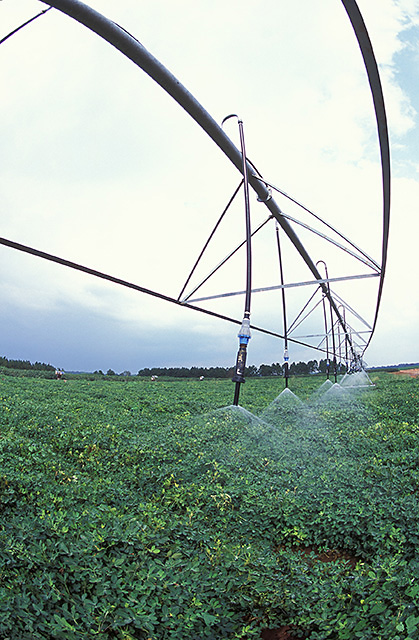An ongoing study funded by the National Oceanic and Atmospheric Administration that is being conducted by the University of Alabama-Huntsville, the University of Florida and the University of Georgia is developing methods for identifying and quantifying the effect of flash drought with each university focusing on different strategies. Flash drought is often not captured by the US Drought Monitor, but its quick progression causes tremendous problems for thirsty crops, especially at growth stages where extra water is needed. For this project, smart irrigation apps for cotton, corn and forages are being used to identify periods when soil moisture becomes dangerously low under rain-fed conditions. These apps take into account the variable needs of crops over time and use current weather observations (including observations from the UGA Weather Network) to determine whether irrigation is needed to sustain the crops. You can read more about the project at Irrigation Today and access the suite of free SmartIrrigationAps at https://smartirrigationapps.org/.
